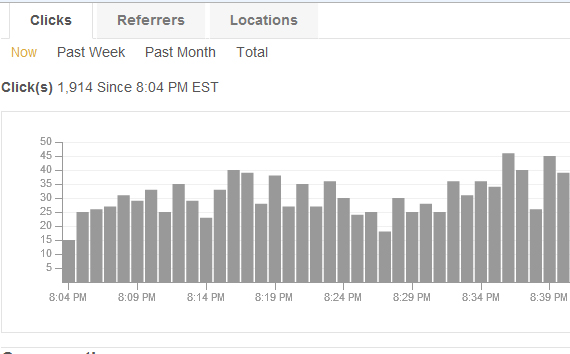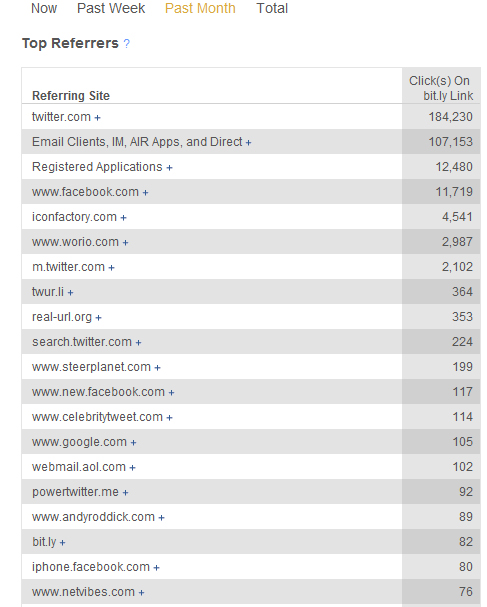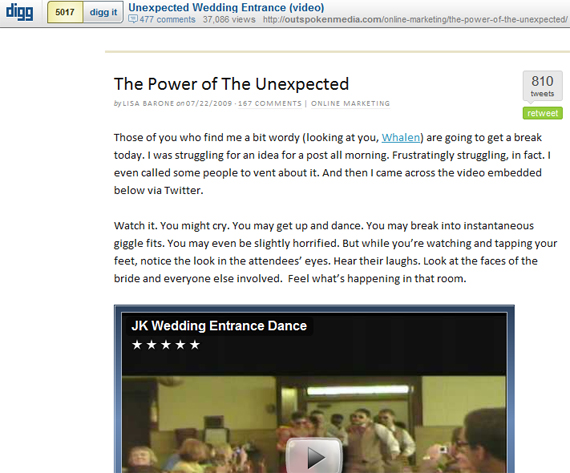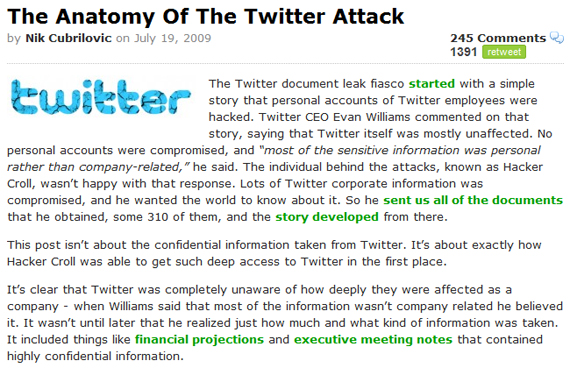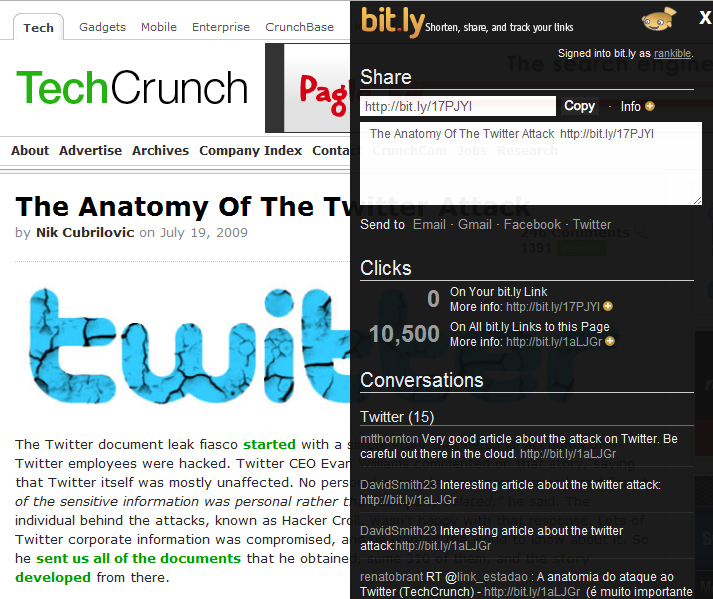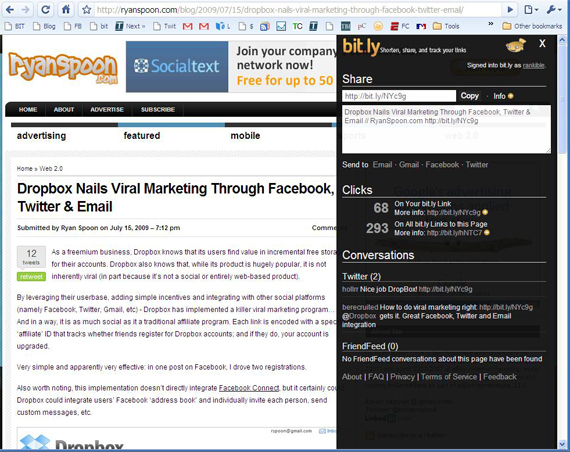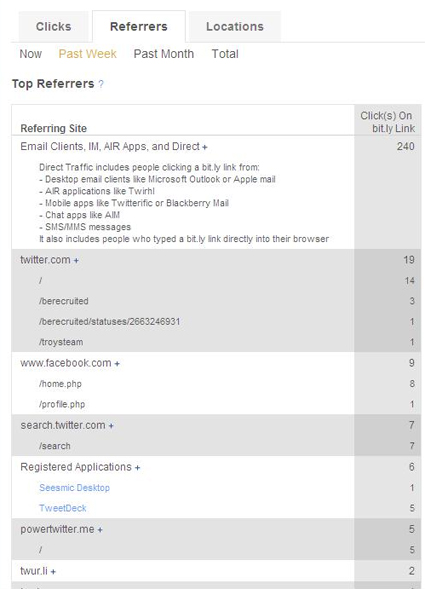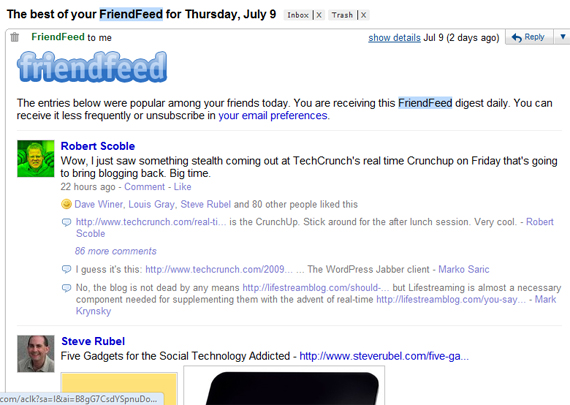Though it seems like a relatively minor change - this is a significant change / win for marketers who actively use Twitter and Facebook Pages. Users have been able to send their Twitter posts into their Facebook streams (and a staggering percentage of my social graph's updates come from Twitter)... but it has always been a one-way street. As of today, Facebook Page owners are able to syndicate their updates from Facebook to Twitter... with a variety of controls (updates, images, notes, etc).
These controls currently only exist for Facebook Pages, but it is logical to assume that this is the first step before Facebook Status updates also both directions (collecting data, understanding usage and determining whether or not pushing all status updates into Twitter is wise and scalable). Marketers are an ideal audience to test the integration: they are motivated to share in both directions and the population is active, well-incented and much smaller.
Great landing page: big, clean logos and a simple message: "Now share anything with fans and followers, all from one place."

You will be asked to authenticate your Twitter account and give Facebook access to speak to Twitter (and visa versa)

Select what content you want to share. The default is all content, but you can share status updates, photos, links, notes and events


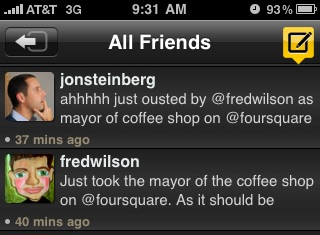 By the way: if you do not already, I recommend following Jon Steinberg (
By the way: if you do not already, I recommend following Jon Steinberg (
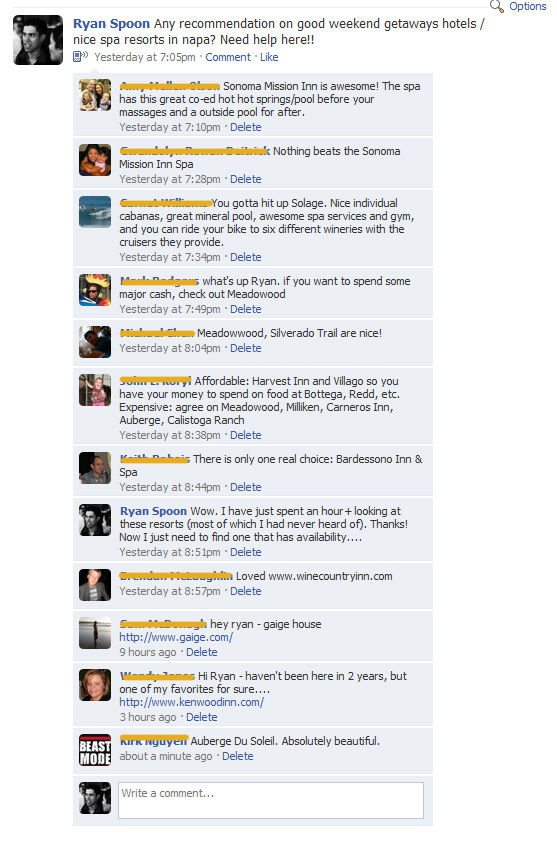
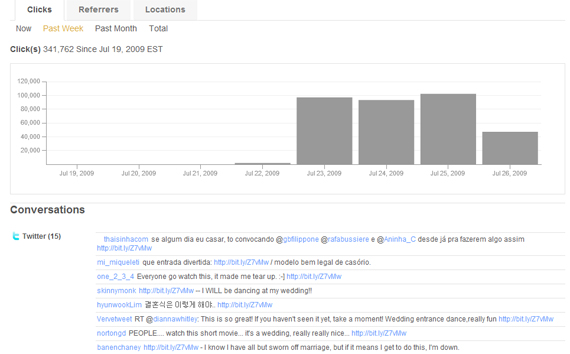 Even as the video's virality slows down, that is still 25-50 clicks per minute:
Even as the video's virality slows down, that is still 25-50 clicks per minute: